Home>Gardening & Outdoor>Outdoor Recreation & Activities>How To Inflate A Bounce House


Outdoor Recreation & Activities
How To Inflate A Bounce House
Published: January 4, 2024
Learn the best outdoor recreation and activities with our guide on how to inflate a bounce house. Get expert tips and tricks for an enjoyable experience.
(Many of the links in this article redirect to a specific reviewed product. Your purchase of these products through affiliate links helps to generate commission for Storables.com, at no extra cost. Learn more)
Introduction
Inflatable bounce houses are a source of endless joy for kids at parties, events, and gatherings. Watching their faces light up as they bounce and play brings a sense of delight to any occasion. However, before the fun can begin, it's essential to ensure that the bounce house is properly inflated to guarantee a safe and enjoyable experience for everyone involved.
Inflating a bounce house may seem like a straightforward task, but it requires careful attention to detail and a systematic approach to ensure that everything is done correctly. From selecting the ideal location to monitoring the inflation process, each step plays a crucial role in creating a secure and entertaining environment for the children.
This comprehensive guide will walk you through the step-by-step process of inflating a bounce house, providing valuable insights and practical tips to make the experience seamless and enjoyable. Whether you're a parent preparing for a birthday party or an event organizer setting up for a festival, mastering the art of inflating a bounce house is a valuable skill that ensures countless hours of laughter and fun for children of all ages.
So, let's dive into the details and learn how to inflate a bounce house the right way!
Key Takeaways:
- Choose a safe, flat location for the bounce house, away from obstacles and with easy access to power outlets. Consider weather conditions for a comfortable and secure play environment.
- Secure the bounce house properly, monitor play activities, and maintain the inflatable to ensure a safe and enjoyable experience for children. Address any issues promptly to prevent accidents.
Read more: How To Store Bounce House
Step 1: Choose a Suitable Location
Before you begin inflating the bounce house, it’s crucial to select an appropriate location that meets the necessary safety requirements and provides an optimal experience for the children. Here are some essential considerations to keep in mind when choosing the perfect spot:
- Flat Surface: Look for a level and flat area free of any sharp objects, debris, or potential hazards. This will help ensure the stability of the bounce house and reduce the risk of accidents during play.
- Adequate Space: Assess the dimensions of the bounce house and ensure that the chosen location offers enough space for the inflatable to fully expand without any obstructions. Additionally, consider the surrounding area to provide ample room for children to enter and exit the bounce house safely.
- Distance from Obstacles: Keep the bounce house away from trees, fences, buildings, or any other structures that could pose a risk of collision or interference during inflation and playtime.
- Accessibility: Choose a location that allows easy access to power outlets for the blower and ensures convenient supervision of the children while they enjoy the bounce house.
- Weather Conditions: Consider the weather forecast and select a location that provides adequate shade or shelter from direct sunlight, strong winds, or potential rain. This will help create a comfortable and safe environment for the kids to play in.
By carefully evaluating these factors and choosing a suitable location, you can lay the foundation for a successful and enjoyable inflatable experience. Once you’ve identified the perfect spot, you’re ready to proceed with laying out the bounce house and preparing for inflation.
Step 2: Lay Out the Bounce House
With the ideal location selected, it’s time to lay out the bounce house in preparation for inflation. This step is essential for ensuring that the inflatable is positioned correctly and ready to receive the airflow from the blower. Follow these guidelines to lay out the bounce house effectively:
- Unfold the Bounce House: Carefully unfold the deflated bounce house on the chosen flat surface, ensuring that the material is spread out evenly without any wrinkles or folds. Smooth out any creases to create a uniform foundation for inflation.
- Anchor the Corners: Secure the corners of the bounce house using stakes or weights to prevent it from shifting or lifting during the inflation process. This initial anchoring will help maintain the stability of the inflatable as it begins to fill with air.
- Position the Entrance: Orient the bounce house so that the entrance faces a convenient and accessible direction, allowing children to enter and exit with ease. Ensure that the entrance is clear and unobstructed to facilitate a smooth flow of activity.
- Smooth Out the Interior: Once the bounce house is laid out, take a moment to smooth out the interior surfaces, removing any remaining wrinkles or uneven areas. This step contributes to a comfortable and uniform bouncing surface for the children.
By following these steps, you can establish a solid foundation for the inflation process and set the stage for a safe and enjoyable experience inside the bounce house. With the inflatable properly laid out and secured, you’re now ready to move on to the next crucial step: connecting the blower to initiate inflation.
Step 3: Connect the Blower
Connecting the blower is a pivotal step in the inflation process, as it initiates the flow of air that transforms the deflated bounce house into a vibrant and inviting play space. Follow these essential guidelines to ensure a seamless connection and prepare the blower for action:
- Unpack and Inspect the Blower: Carefully unpack the blower from its storage bag or container, and inspect it for any signs of damage or wear. Ensure that the blower is clean, free of debris, and in good working condition before proceeding.
- Position the Blower: Place the blower in close proximity to the entrance of the bounce house, allowing for easy access to the power source and a direct connection to the inflatable’s air intake system.
- Attach the Inflation Tube: Securely fasten the inflation tube from the blower to the designated air intake port on the bounce house. Check that the connection is snug and free of any obstructions that could impede the airflow.
- Secure the Power Cord: Extend the blower’s power cord to the nearest electrical outlet, ensuring that it is safely positioned to prevent tripping hazards or entanglement during operation. Use a ground fault circuit interrupter (GFCI) outlet for added safety.
- Confirm Proper Voltage: Verify that the blower is compatible with the voltage supplied by the electrical outlet, and use a suitable extension cord if needed. Avoid overloading circuits and adhere to the manufacturer’s recommendations for power requirements.
- Perform a Final Check: Before powering on the blower, double-check all connections, cords, and safety measures to confirm that everything is in place and ready for operation. Address any potential issues or concerns before proceeding.
By following these steps, you can ensure that the blower is properly connected and prepared to deliver the airflow needed to inflate the bounce house. With the blower in position and the connections secured, you’re now ready to move on to the next exciting phase: turning on the blower to initiate inflation.
Before inflating a bounce house, make sure the area is clear of any sharp objects or debris. Lay out the bounce house and connect the blower. Turn on the blower and wait for the bounce house to fully inflate before allowing anyone to play inside.
Step 4: Turn on the Blower
As you reach this pivotal stage in the inflation process, it’s time to power on the blower and watch as the bounce house comes to life with a rush of air. Follow these essential steps to safely and effectively activate the blower and begin the inflation process:
- Secure the Power Cord: Double-check that the blower’s power cord is safely positioned and free of any tangles or obstructions. Ensure that the cord is connected to a grounded electrical outlet, and use a circuit-interrupting device for added safety.
- Switch on the Blower: Press the power switch or button on the blower to activate the airflow. Listen for the distinct hum of the blower as it starts to generate the air pressure needed to inflate the bounce house.
- Monitor the Inflation: As the blower operates, keep a close eye on the bounce house to observe its gradual expansion. Watch as the walls and pillars begin to rise, and the structure takes shape with each passing moment.
- Check the Airflow: Confirm that the airflow from the blower is consistent and evenly distributed throughout the bounce house. Adjust the position of the blower or the inflation tube if necessary to optimize the inflation process.
- Ensure Stability: As the bounce house inflates, pay attention to its stability and the secure anchoring of the corners. Make any adjustments to the stakes or weights if needed to maintain the inflatable’s position and prevent shifting.
- Observe the Entrance: Keep an eye on the entrance of the bounce house to ensure that it remains unobstructed and accessible throughout the inflation process. Clear away any obstacles that may impede entry or exit for the children.
By following these steps, you can safely and effectively activate the blower, ushering in the transformative process of inflating the bounce house. With the blower in operation and the inflatable taking shape, you’re now ready to move on to the crucial task of securing the bounce house to ensure a safe and enjoyable play environment.
Read more: How To Deflate A Bounce House
Step 5: Secure the Bounce House
Once the bounce house is fully inflated, the next critical step is to secure it properly to ensure stability and safety during playtime. By taking the time to secure the bounce house effectively, you can create a secure and enjoyable environment for the children to bounce and play without any concerns. Follow these essential guidelines to secure the bounce house:
- Anchor the Corners: Verify that the stakes or weights anchoring the corners of the bounce house are firmly in place and provide sufficient resistance to prevent the inflatable from shifting or lifting during use.
- Tension the Tethers: Check the tension of the tethers and straps securing the bounce house to the ground. Ensure that they are taut and free of slack, maintaining a strong connection between the inflatable and the anchoring points.
- Inspect the Seams: Examine the seams and connections of the bounce house to confirm that they are secure and free of any signs of stress or strain. Address any potential issues promptly to prevent structural concerns during use.
- Reinforce Wind Precautions: If the weather conditions include wind or gusts, take additional precautions to secure the bounce house against potential movement. Consider adding extra stakes or weights to enhance stability in windy conditions.
- Establish Safety Perimeter: Encourage a clear and defined safety perimeter around the bounce house to prevent overcrowding and ensure that children have ample space to enter and exit without interference from onlookers or other activities.
- Communicate Safety Guidelines: Clearly communicate safety guidelines to the children and supervising adults, emphasizing the importance of respectful and safe play within and around the bounce house.
By following these steps, you can secure the bounce house effectively, creating a stable and safe environment for children to enjoy the inflatable to its fullest. With the bounce house properly secured, you’re now ready to move on to the next step, which involves monitoring and maintaining the bounce house throughout its use.
Step 6: Monitor and Maintain the Bounce House
Once the bounce house is fully inflated and secured, it’s essential to maintain a vigilant watch over its condition and the children’s activities to ensure a safe and enjoyable experience. Monitoring and maintaining the bounce house throughout its use is crucial for preventing accidents and addressing any issues that may arise. Follow these important guidelines for effective monitoring and maintenance:
- Supervise Play Activities: Assign responsible adults to supervise the children as they play in the bounce house, ensuring that they adhere to safety guidelines and engage in respectful and controlled bouncing.
- Periodic Inspections: Regularly inspect the bounce house for any signs of wear, stress, or damage, paying close attention to the seams, connections, and overall structural integrity. Address any concerns promptly to prevent potential hazards.
- Address Weather Changes: Monitor weather conditions and respond accordingly to protect the bounce house and the children from adverse elements. Consider deflating the bounce house in the event of strong winds, rain, or extreme temperatures.
- Reinforce Safety Guidelines: Remind the children of the safety guidelines and rules for using the bounce house, emphasizing the importance of considerate and controlled play to prevent accidents or collisions.
- Manage Entry and Exit: Ensure that children enter and exit the bounce house in an orderly manner, avoiding overcrowding and minimizing the risk of collisions or falls around the entrance area.
- Address Equipment Issues: If the blower or any part of the bounce house shows signs of malfunction or unusual behavior, immediately power down the blower and address the issue to prevent any disruption to the inflatable’s stability.
By adhering to these guidelines, you can maintain a safe and enjoyable environment for the children as they engage in playful activities within the bounce house. With vigilant monitoring and proactive maintenance, the inflatable can provide countless hours of fun without compromising on safety. As the event or play session comes to a close, follow proper procedures to deflate and pack away the bounce house for future use, ensuring that it remains in excellent condition for the next exciting adventure.
Conclusion
Inflating a bounce house is not just a practical task; it’s a process that sets the stage for boundless joy and laughter for children. From selecting the perfect location to supervising play activities, each step in the inflation process plays a crucial role in creating a safe and enjoyable environment for kids to bounce, play, and make cherished memories.
By following the comprehensive guide outlined above, you’ve gained valuable insights into the essential steps of inflating a bounce house, ensuring that every aspect of the process contributes to a successful and delightful experience. From laying out the inflatable to monitoring its condition during use, your attention to detail and commitment to safety are vital components of creating memorable and carefree moments for children at parties, events, and gatherings.
Remember, the joy and excitement that a bounce house brings to children’s faces are a testament to the effort and care put into its inflation and maintenance. By mastering the art of inflating a bounce house the right way, you’re not just preparing an inflatable structure; you’re creating a haven of laughter and fun that will be treasured by children for years to come.
So, as you embark on the journey of inflating a bounce house, embrace each step with enthusiasm and dedication, knowing that your efforts will result in countless smiles and unforgettable experiences for the young adventurers who step inside the vibrant world of the bounce house.
Frequently Asked Questions about How To Inflate A Bounce House
Was this page helpful?
At Storables.com, we guarantee accurate and reliable information. Our content, validated by Expert Board Contributors, is crafted following stringent Editorial Policies. We're committed to providing you with well-researched, expert-backed insights for all your informational needs.
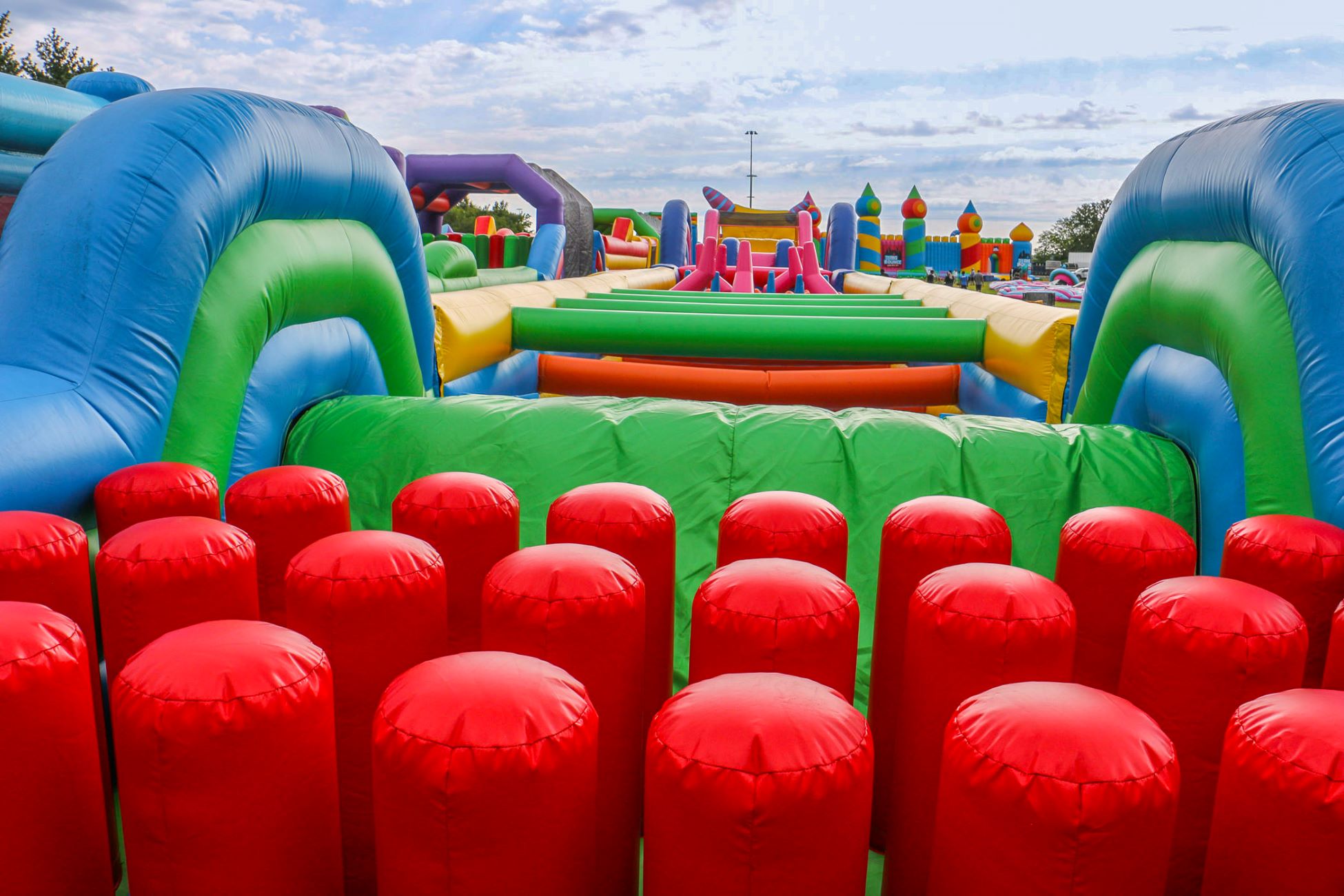
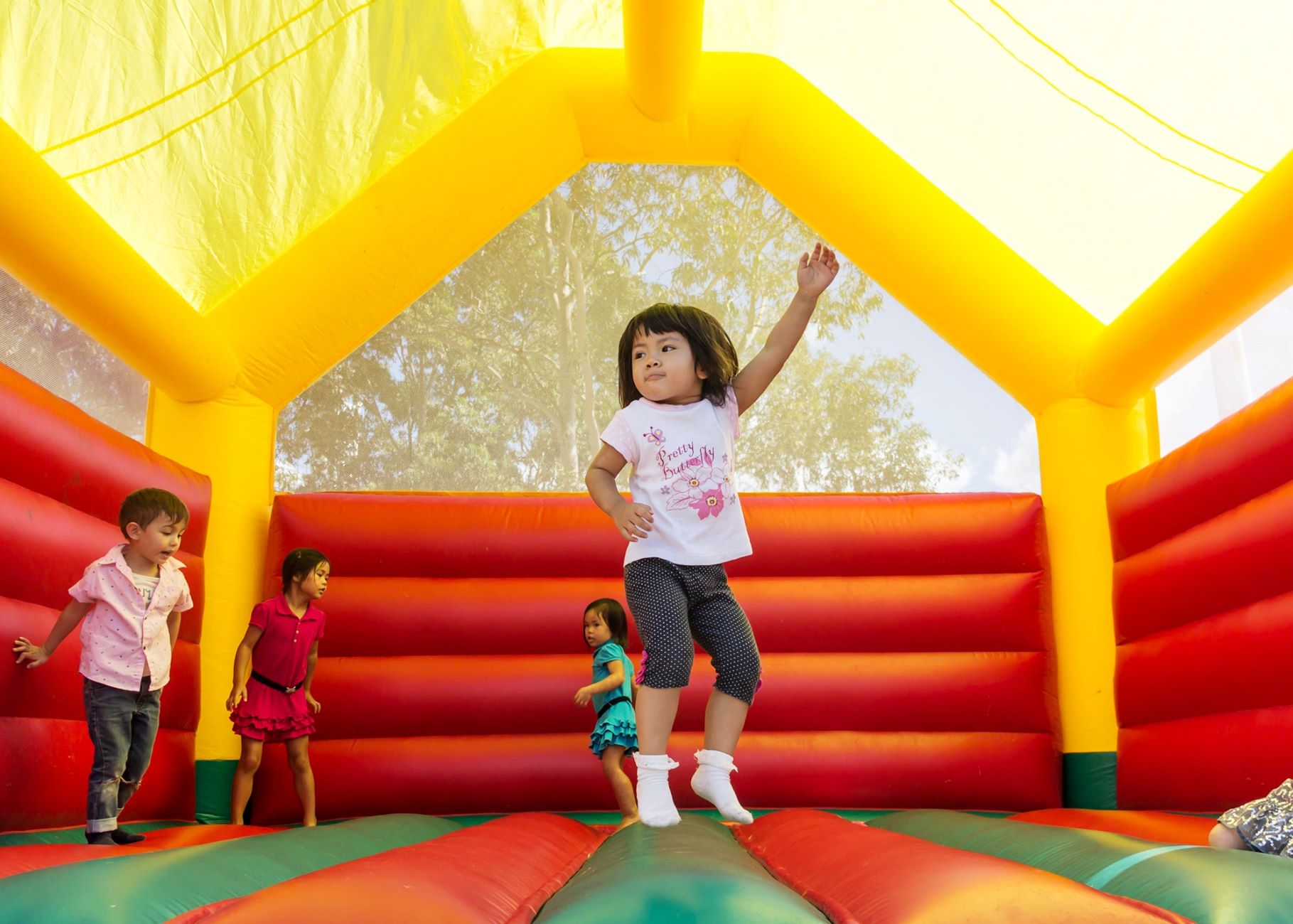
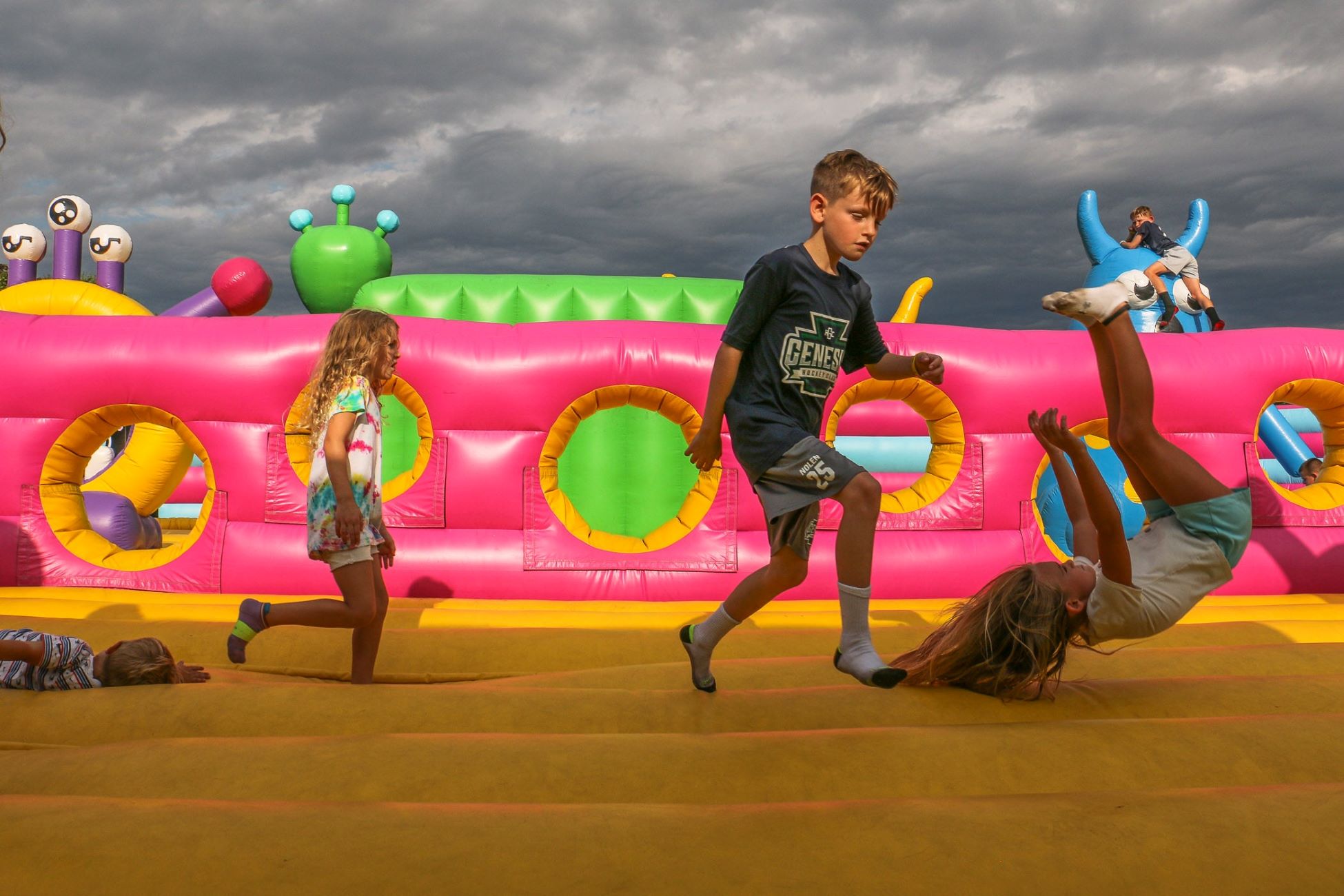
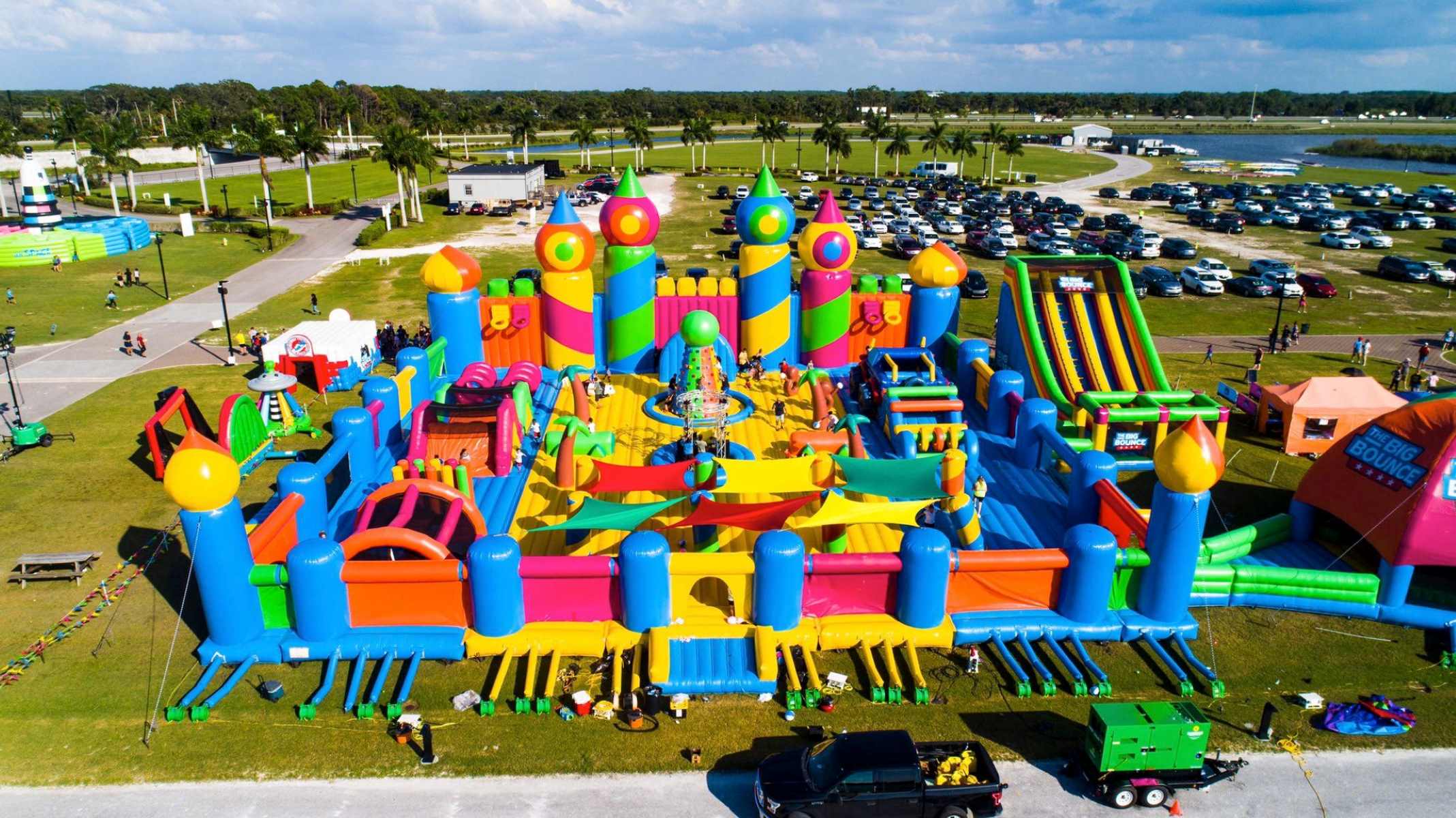
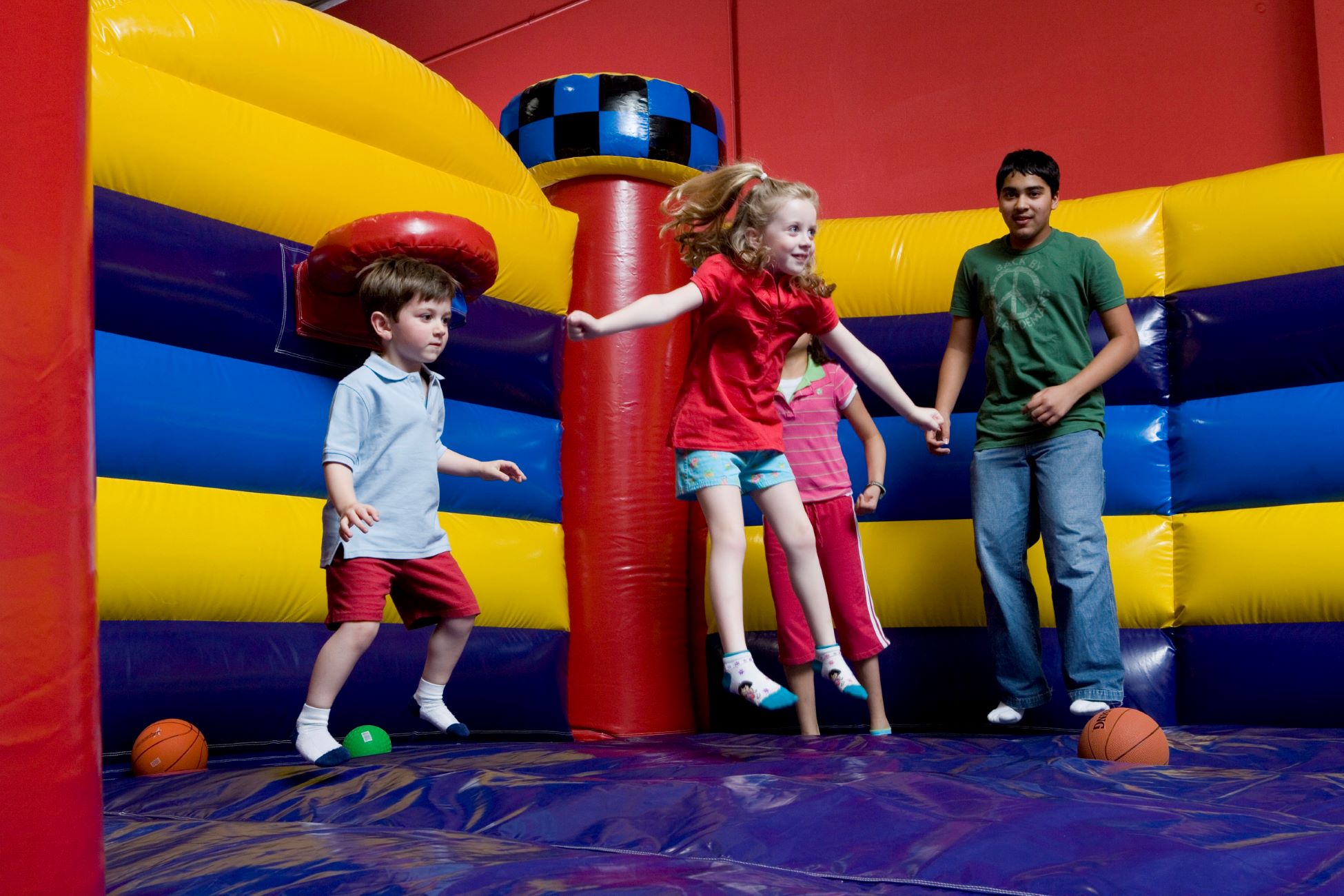
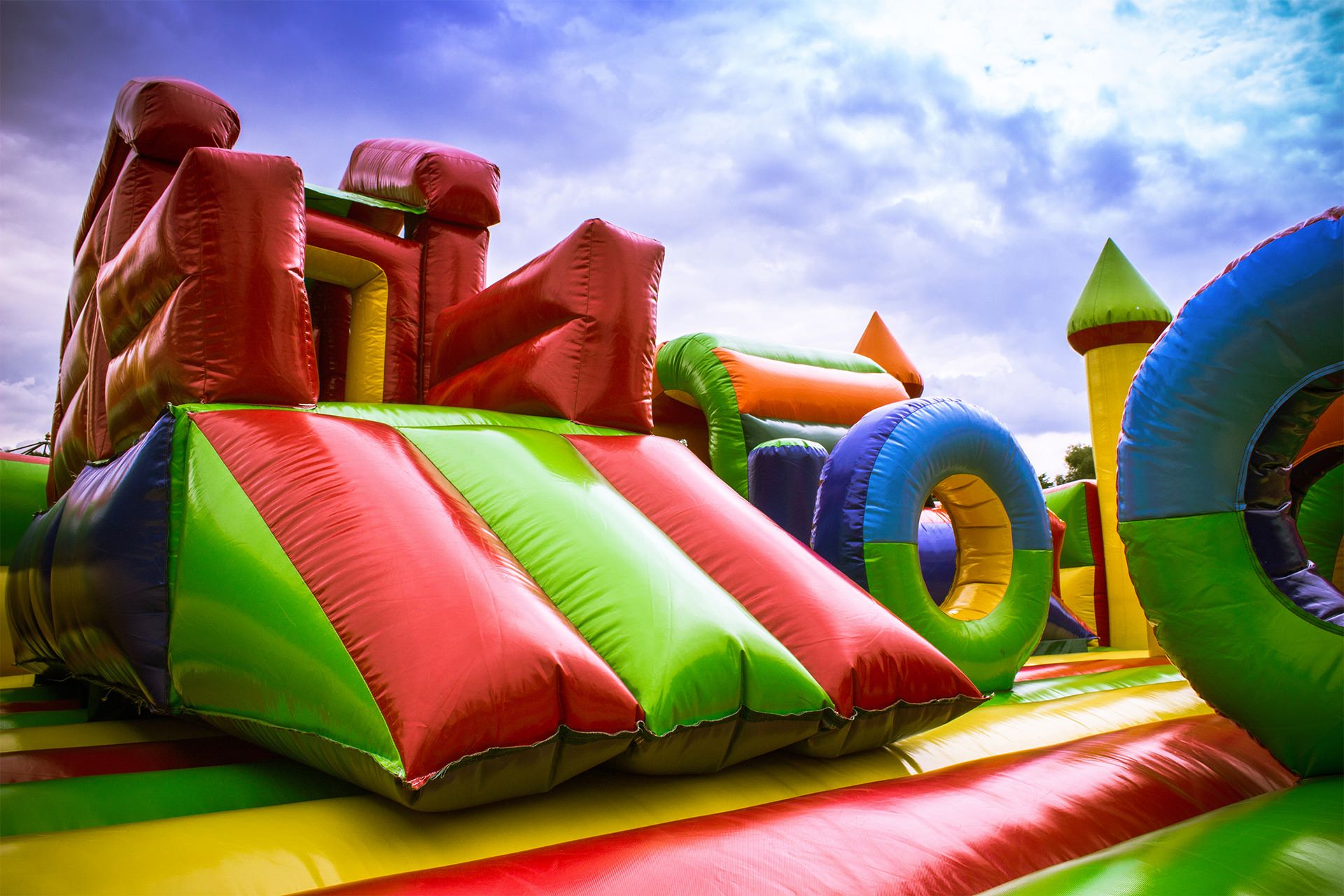
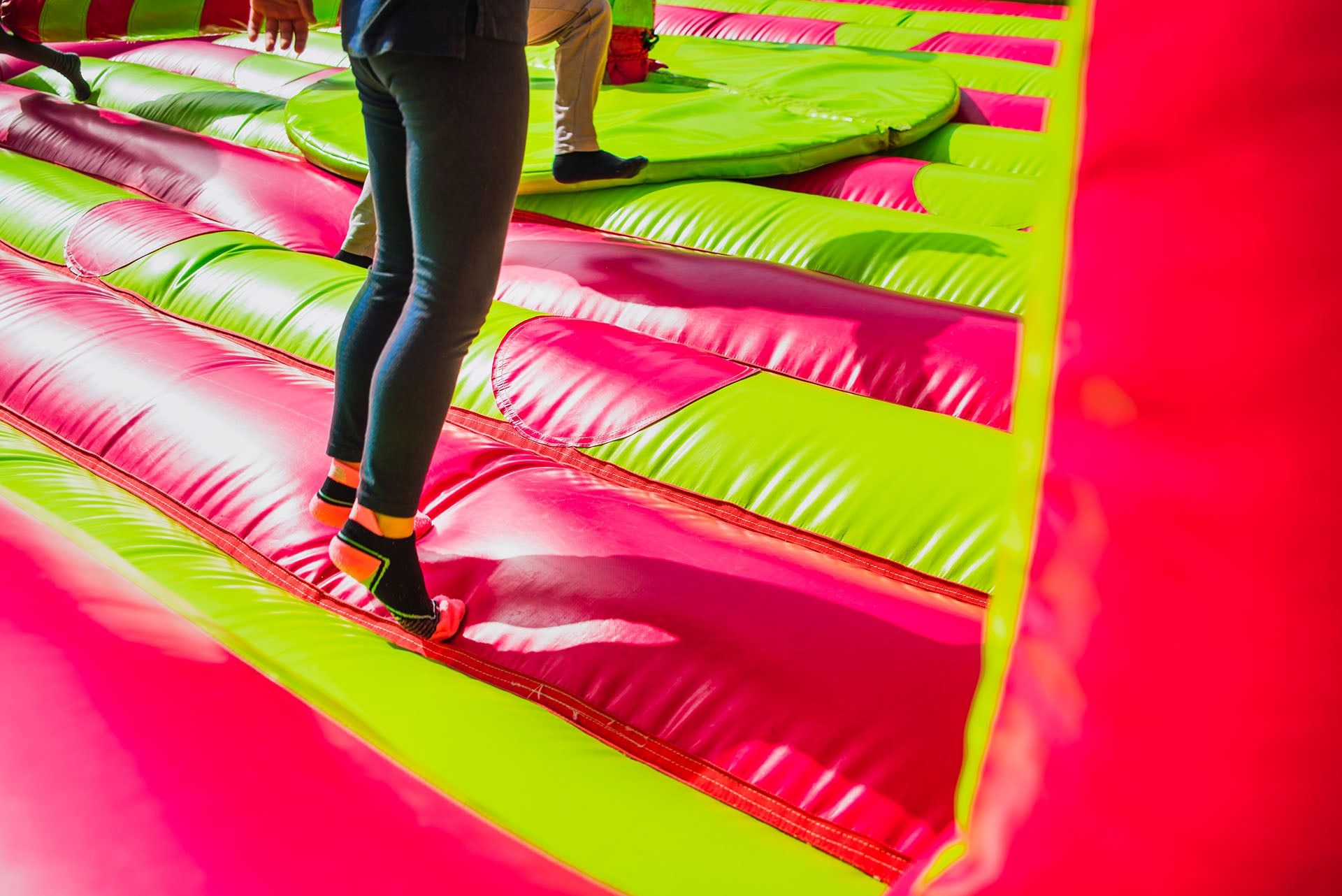
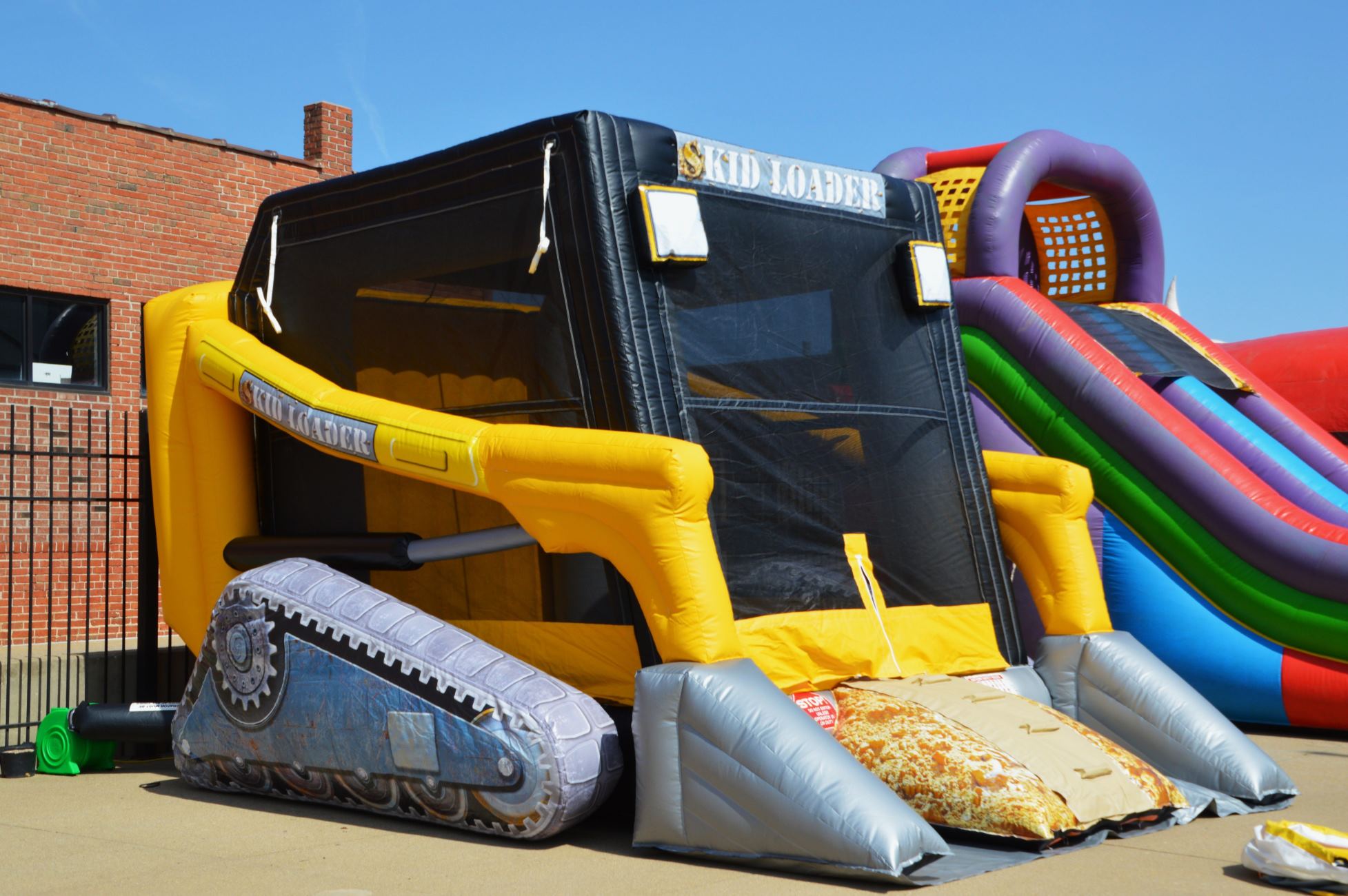

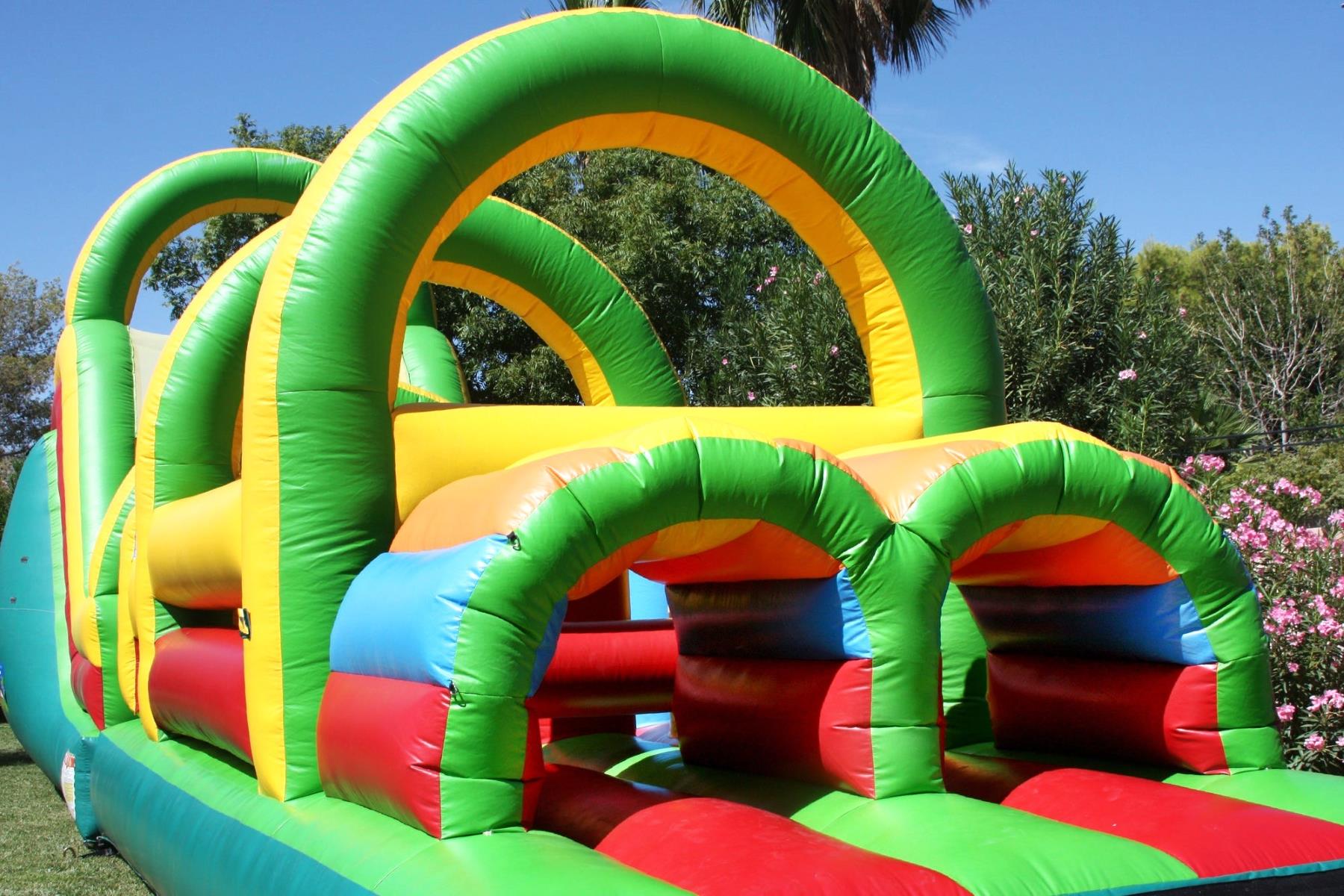
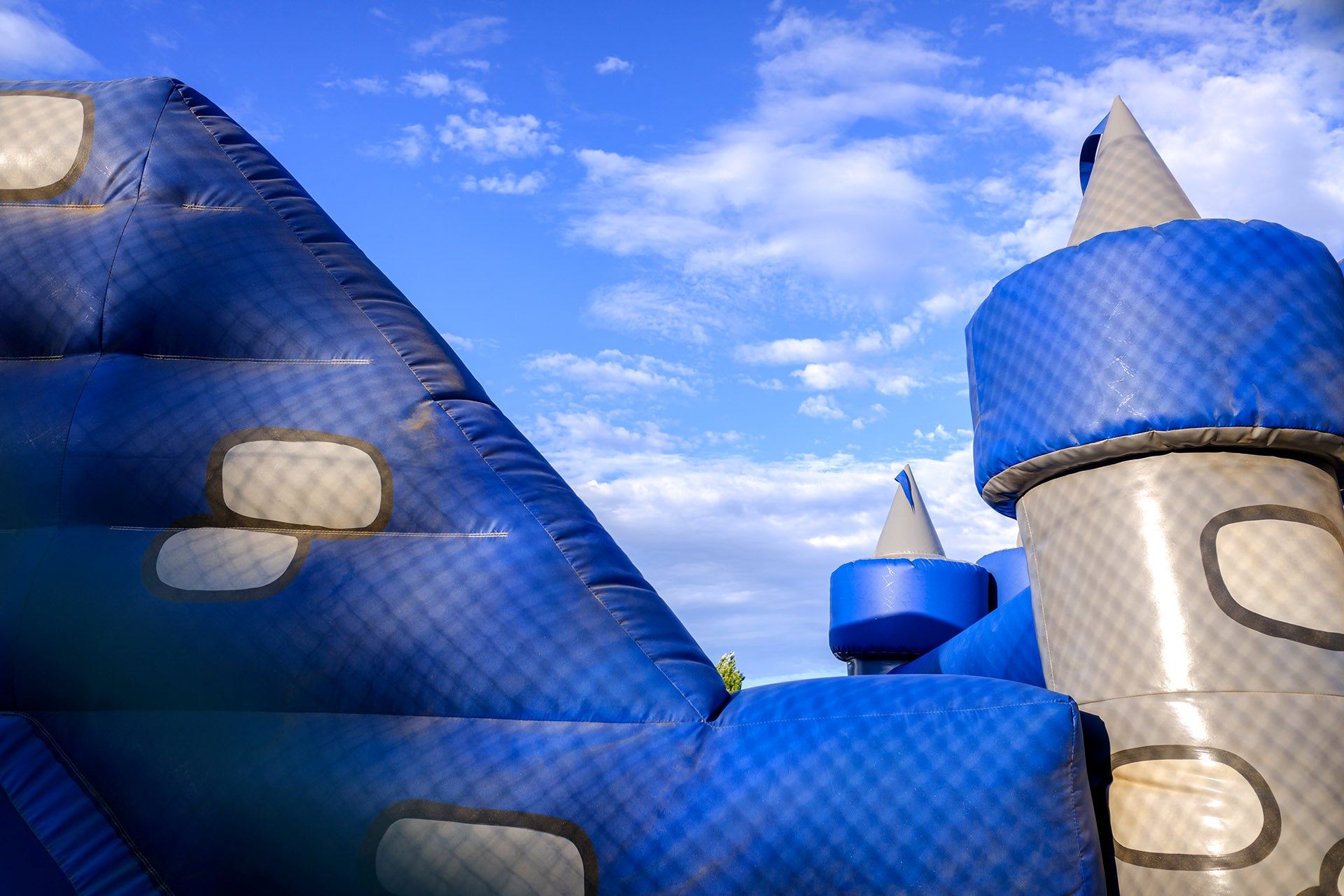
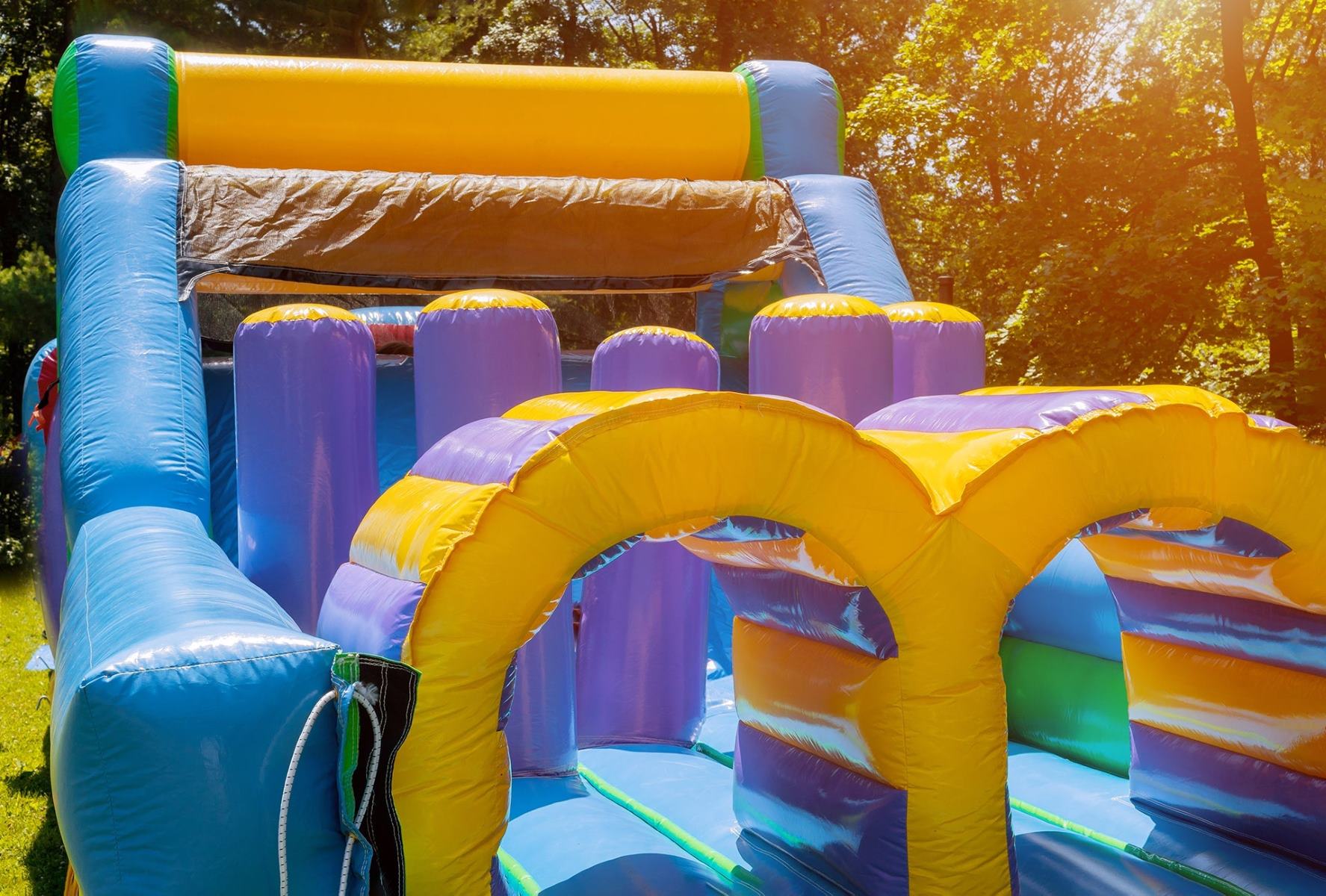
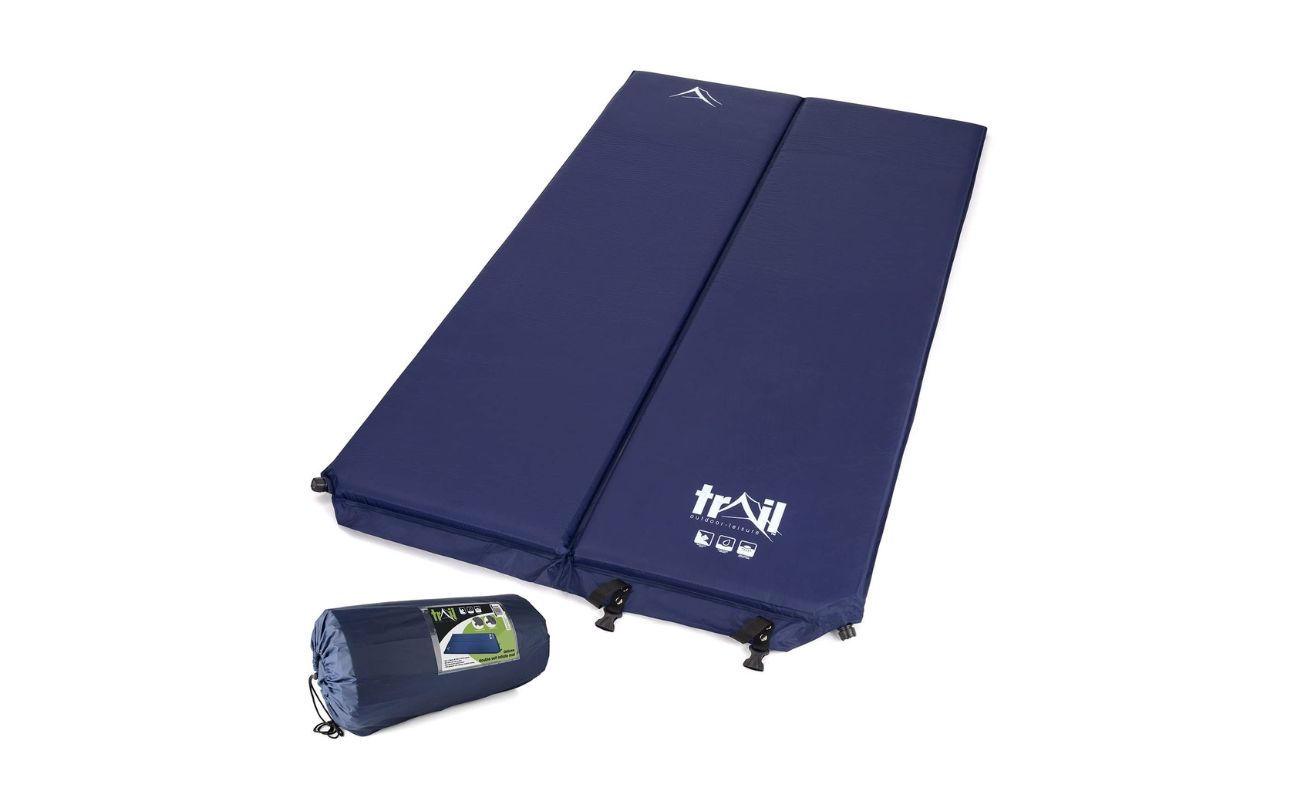
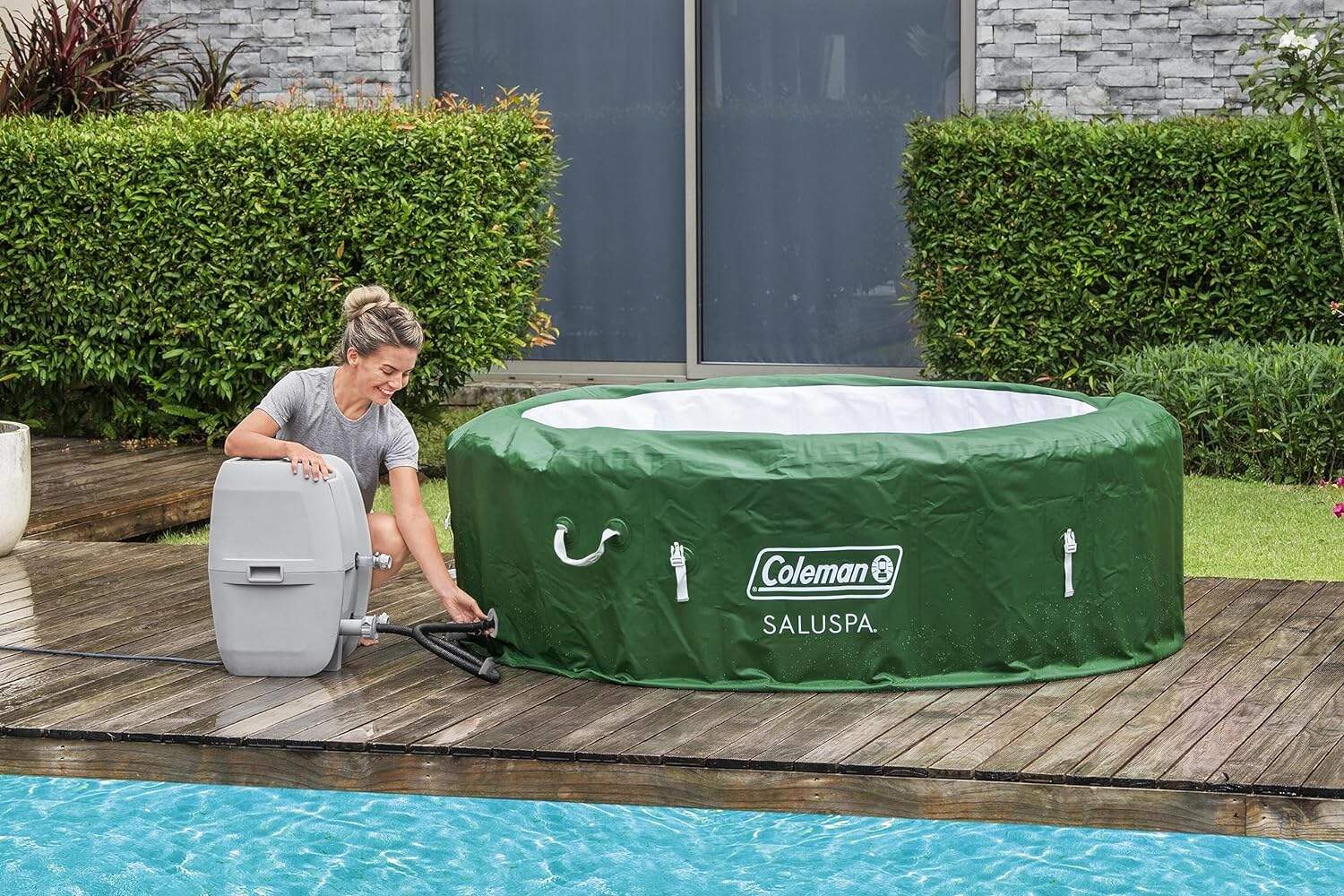

0 thoughts on “How To Inflate A Bounce House”